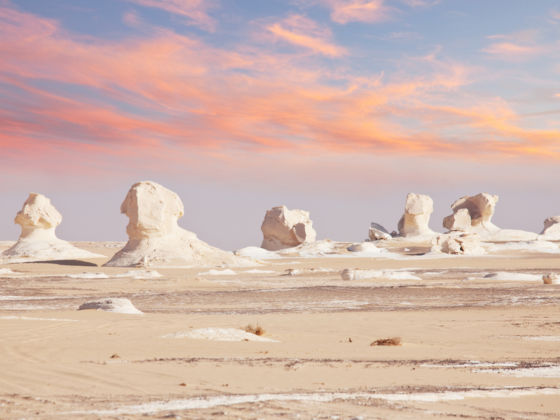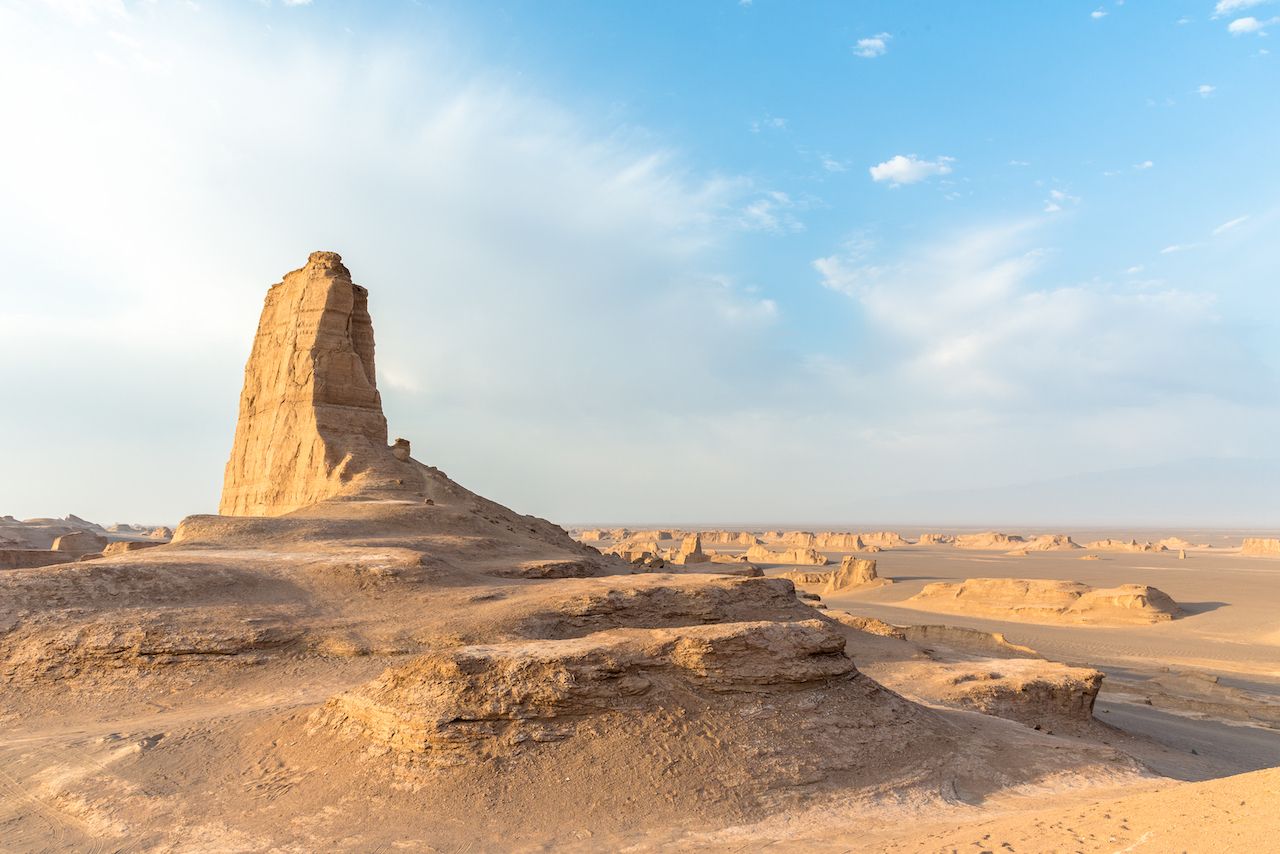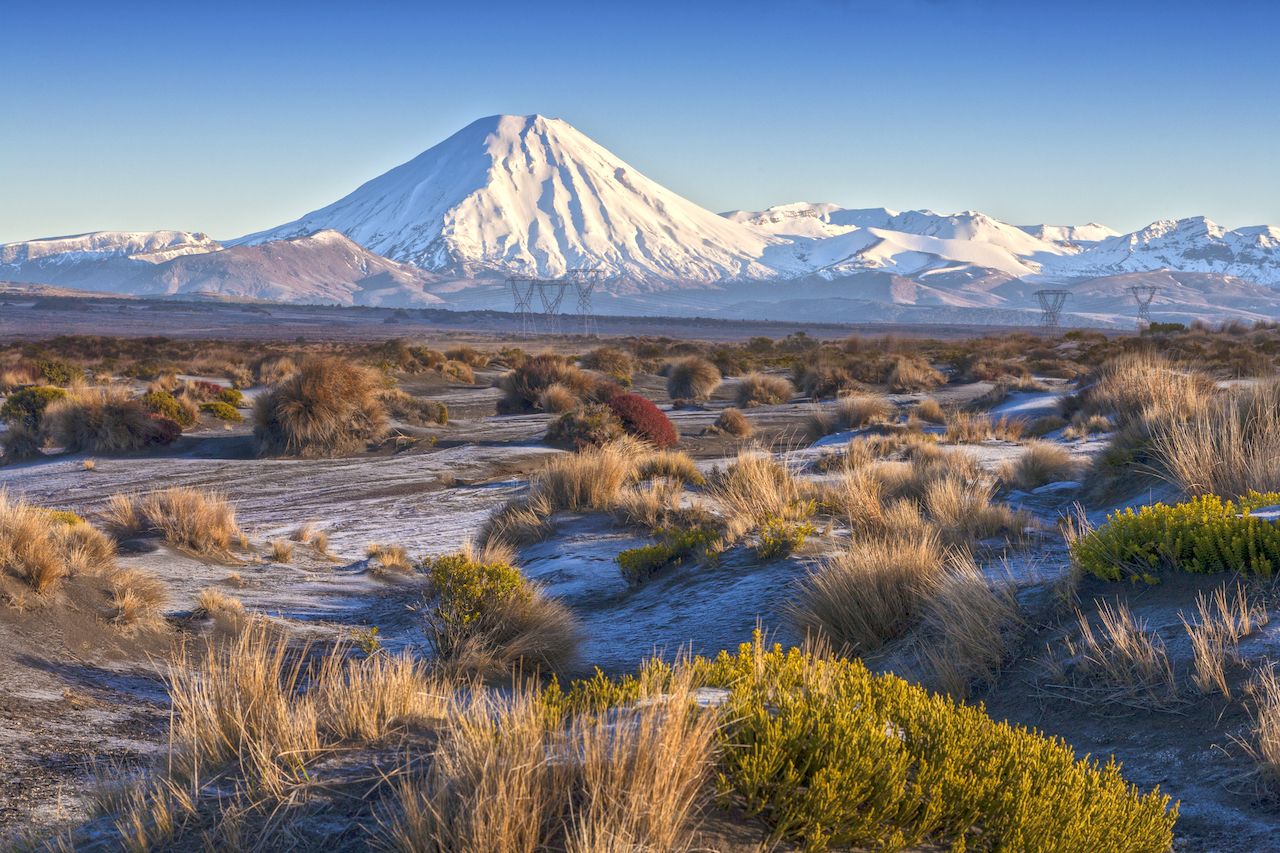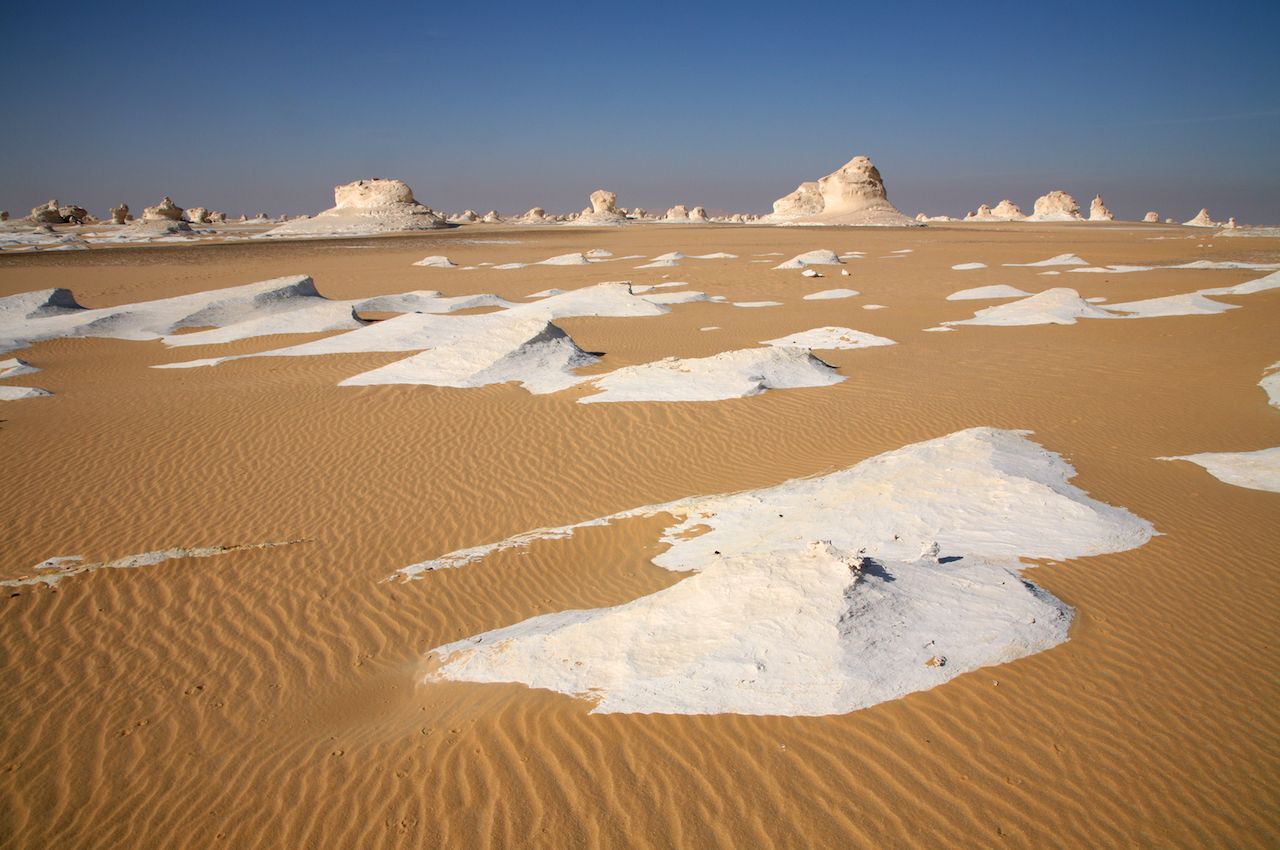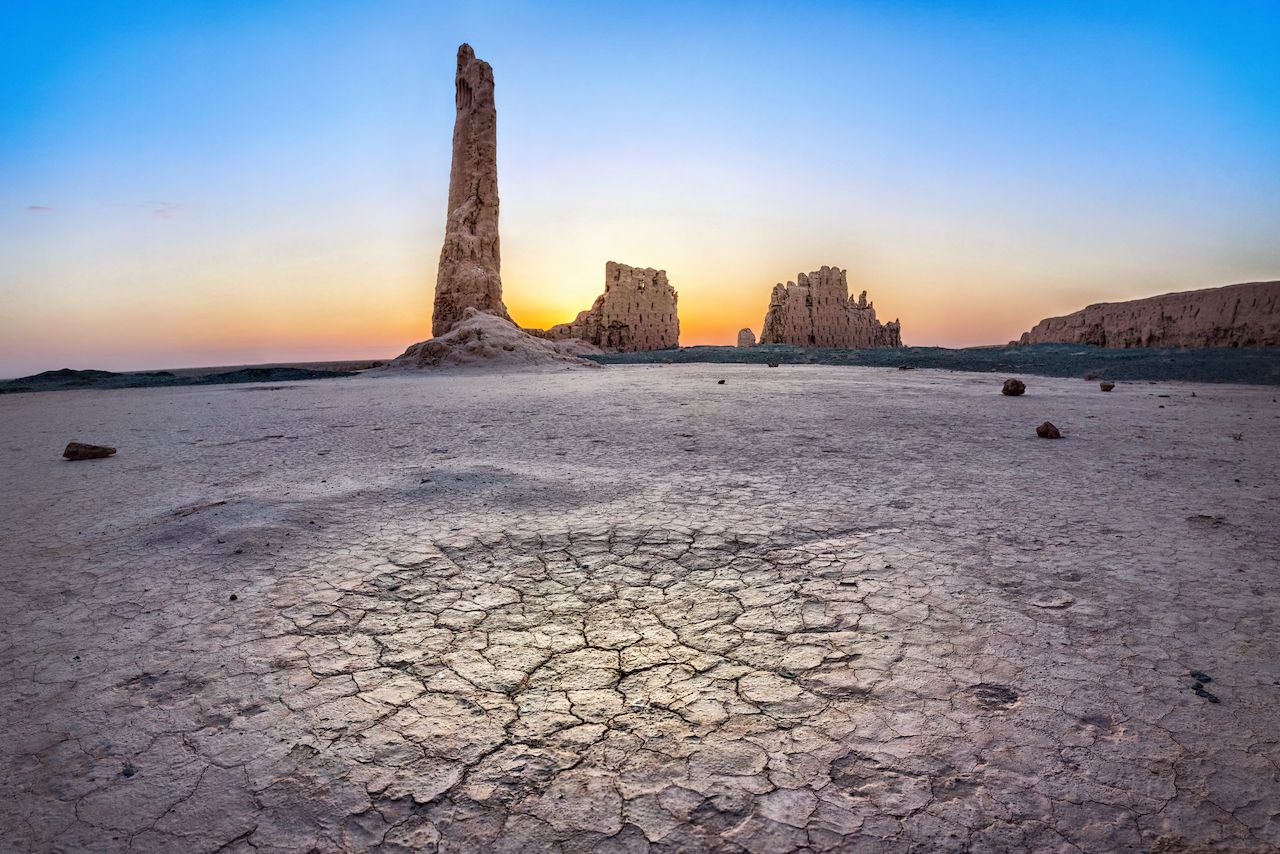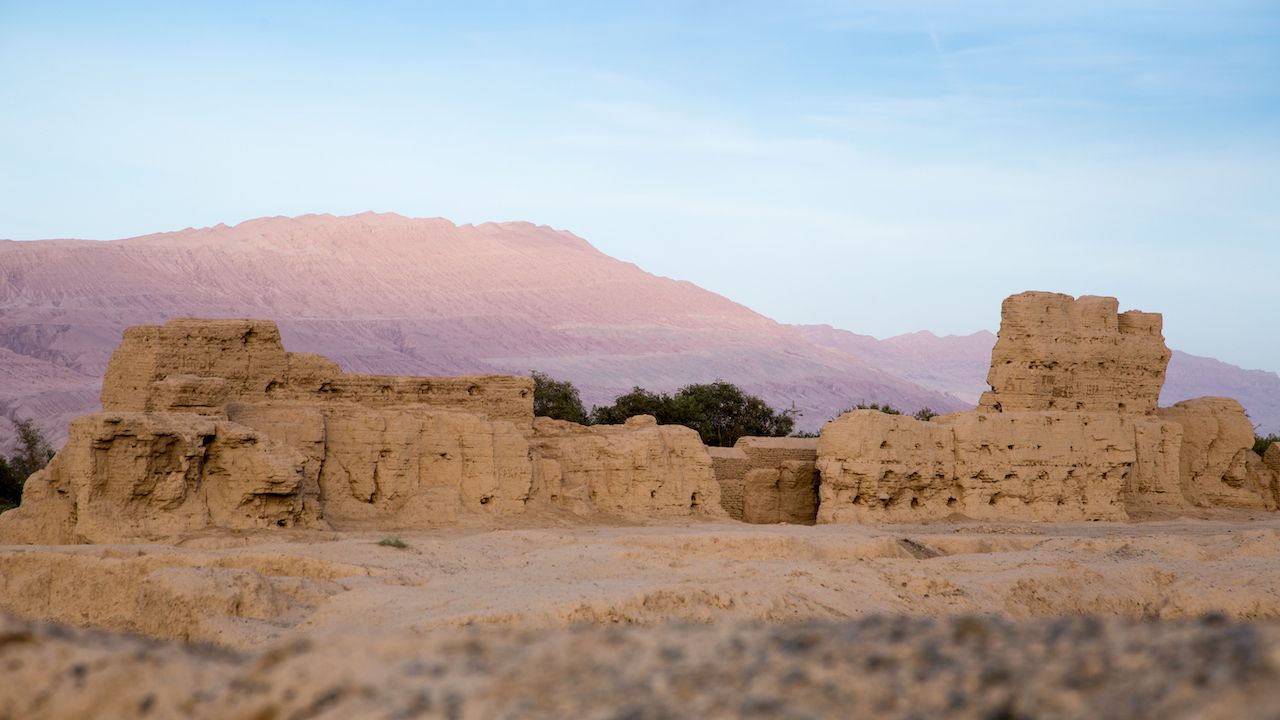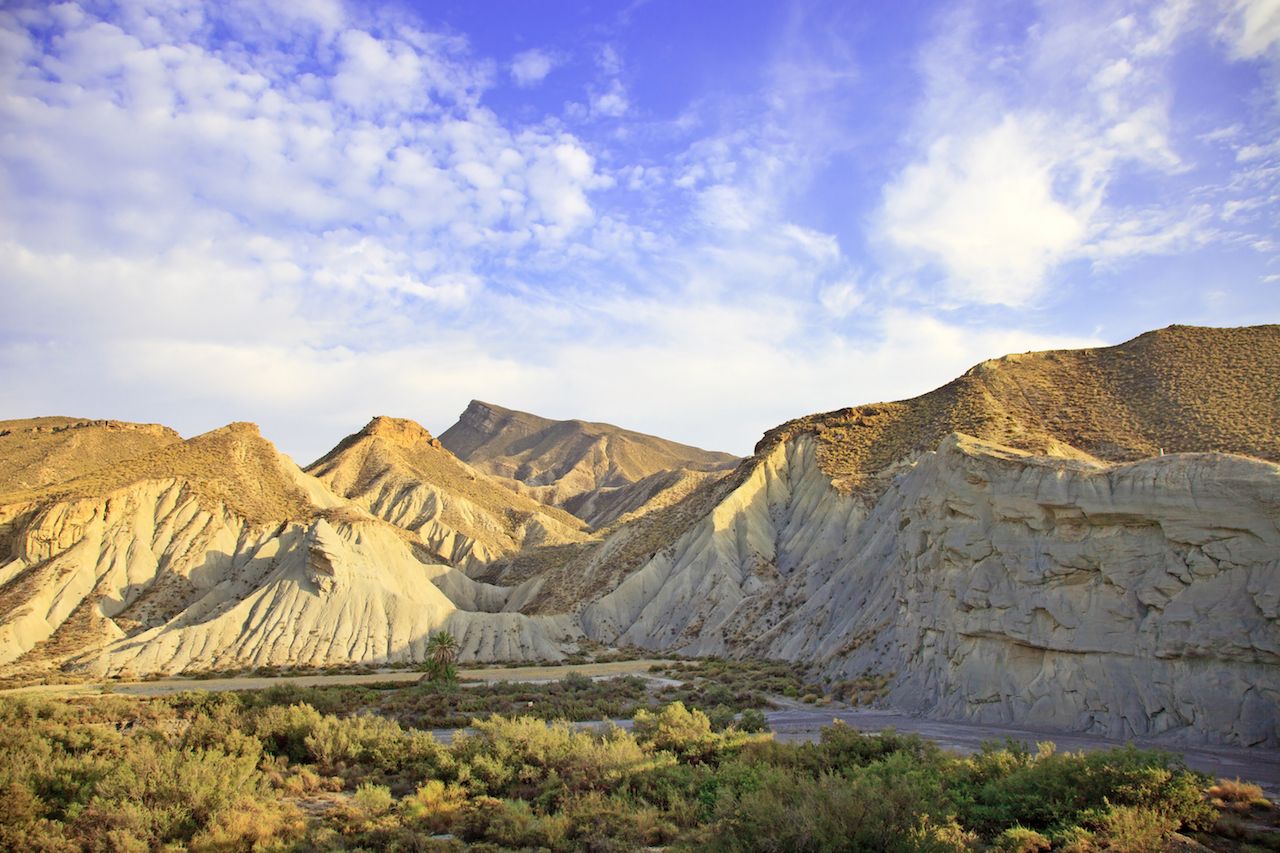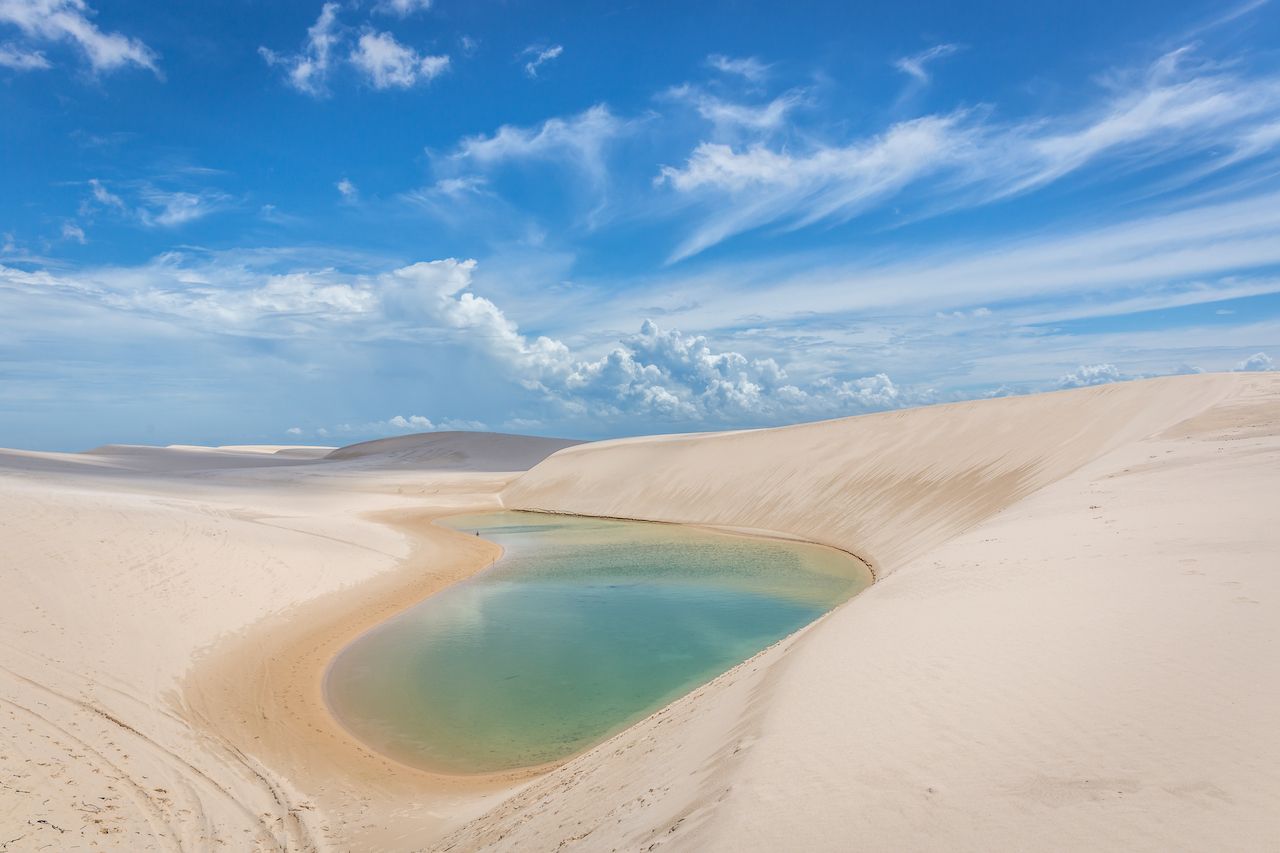Desert life is harsh and unforgiving, and extended stays are typically only for acclimatized locals or the most adaptable of plant and animal life. But with more and more destinations being overrun by tourists, inhospitable and crowd-free spots like the Atacama desert and Antarctica are on the rise.
There are notable and unusual deserts on each of the world’s seven continents, so travelers in search of some serious peace and quiet won’t have trouble finding what they need. Here are nine lesser-known deserts out there for travelers who like to venture off the overly trodden dunes.
